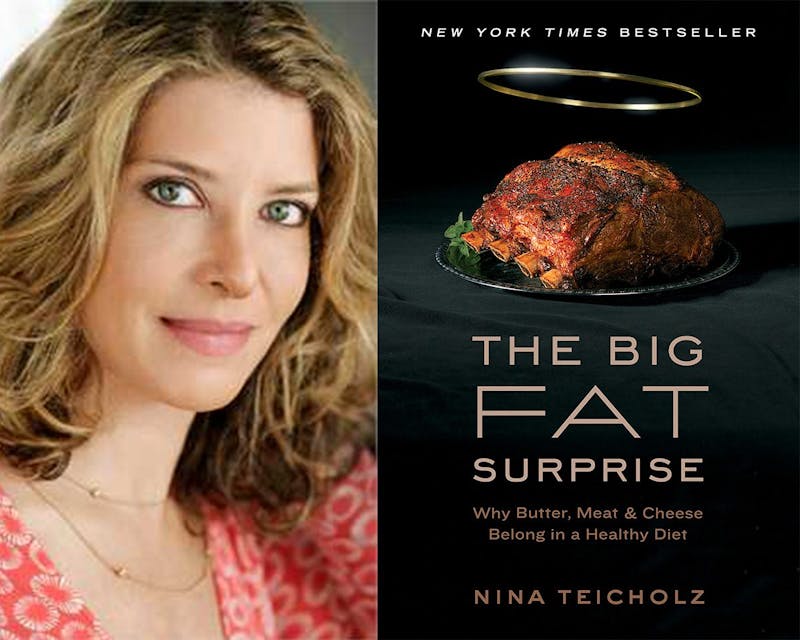
Here’s another free chapter from Nina Teicholz’s spectacular and New York Times best-selling book The Big Fat Surprise.
The first part told the story of how the low-fat diet was introduced in America.
In this chapter from the book, we’ll learn how Big Food has been fighting back against researchers whose scientific finding were inconvenient, perverting nutritional science in the process.
This is why people still believe a lot of false ideas about fat, for example:
Big Food Fights Back
The giant companies that made and used hydrogenated oils were so much in control of the science on trans fats that Kummerow never had a chance. These companies included the margarine manufacturers as well as the big edible-oil producers such as P&G, Anderson, Clayton & Co., and the Corn Products Company. They all had labs and oil chemists. The most influential among them were invited to serve on the prestigious technical committee of the ISEO, the industry lobbying group that had influenced Moses at the AHA. It was a small but important committee that served as the scientific guardian of the entire fats-and-oils industry. And defending the reputation of hydrogenated oils, one of the industry’s largest commodities, topped its priority list for decades.
“Preserving trans fats from the taint of negative scientific findings was our charge,” explained Lars H. Wiedermann, a senior oil chemist at the food giant Swift & Co., who served on the ISEO committee in the 1970s. Another committee member was Thomas H. Applewhite, an organic chemist and plant physiologist who was the director of research at Kraft for many years and who told me defiantly after he’d retired, “No question, I was the ringleader on trans.”
With Applewhite directing, the committee had the job of watching out for scholarly articles like Kummerow’s that could damage the reputation of trans fats. Applewhite and team would then fire back scholarly rebuttals. They also attended conferences and asked pointed questions during the question-and-answer period, intending to cast doubt on every aspect of any research on trans fats that was even remotely critical.
Kummerow found them intimidating — especially Applewhite, a tall man with a booming voice. “He would jump up and make points. He was very aggressive,” Kummerow remembers. In his opinion, this went “beyond the sort of standard respectful exchange that you’d expect among scientists.” Randall Wood had the same experience. “Applewhite and Hunter . . . their main effect was at meetings, where the abstract had been put in a long time before, so they knew what you were going to say,” he recalls. “So sometimes, in the question period, they would blindside you with something that was, in many cases, not even related to what you were saying.” Having encountered this acutely negative criticism, both at conferences and in scientific journals, Wood eventually gave up studying trans fats altogether. “This was a very unrewarding area of study. It was just so hard to make any progress without any support,” he lamented.
The moment that Kummerow found himself at real loggerheads with the ISEO came in 1974, when he presented results from a study he had conducted on miniature pigs. He had chosen these animals because they, like humans, are omnivores and are therefore considered adequate models for studying the development of atherosclerosis. Kummerow found that when he fed trans fats to a group of pigs, their arterial lesions grew faster than they did in a group fed butterfat, beef tallow, or a trans-fat-free vegetable oil. The group on trans fats also had more cholesterol and fats deposited in the linings of their arteries. Unsurprisingly, when Kummerow presented this data at a conference in 1974, “the industry went into convulsions,” as a USDA chemist who attended the meetings described it to me. “Industry realized that if trans fats were linked to heart disease, the jig was up.”
Kummerow’s study had some flaws, which the ISEO’s technical committee took every opportunity to accentuate.* (*the critique of Kummerow’s swine study was that his high-trans diet had been lacking in one of the essential fatty acids (linoleic oil) needed for normal growth. When Swift & Co. replicated the study at the University of Wisconsin, this time with more linoleic acid, the atherosclerotic effect of trans fat disappeared. It’s not clear if this second study better reflected the reality of the American diet, however, since diets of the kind that Kummerow fed his pigs seemed possible, if not common, in the United States, especially because the process of hydrogenation destroys the linoleic content of the oil (margarines high in trans fats are therefore “naturally” low in lin- oleic acid). Kummerow’s experiment may have identi ed a real danger to Americans, yet the general consensus has been against his experiment’s findings.) “We spent lots of time, and lots of money and energy, refuting this work,” Wiedermann told me, explaining that “Shoddy research, once published, became part of the record and could do irrevocable damage.” He elaborates that it’s not “like we were some sort of bogey-men going around terrorizing poor defenseless researchers working on a shoe string.” He had seen a lot of sloppy work done in the name of science, which is why he saw “nothing either wrong or immoral to ‘challenge’ [it].”
For his part, Kummerow never gave up. In 2013, at the age of ninety eight, he was still publishing papers and pressuring the FDA to ban trans fats from the food supply altogether and in 2014, partly in response to his petition, the FDA appears to be on the verge of doing this.
Aside from Kummerow, there was one other principal trans-fats researcher in the scientific wilderness for many years. This was Mary G. Enig, a nutritional biochemist from the University of Maryland, who from the late 1970s, had been studying trans fats quite separately from Kummerow. In 1978, she managed to set off “alarm bells” at the ISEO by publishing a paper documenting a correlation between trans-fat consumption and cancer rates. This was an association, not proof of causation, and Enig was only a part-time faculty member at a second-tier university, but the ISEO still perceived her as a potential threat to the oil industry. (The link between trans fats and cancer has subsequently been studied in more depth, but no cause-and-effect connection has ever been found.)
To rebut her paper on cancer, Applewhite managed to get three highly critical Letters to the Editor published in reply. He and a few colleagues paid her a visit, too. Enig recalled, “these guys from ISEO came to see me, and, boy, were they angry.” Aside from Applewhite, those “guys” included Siert Frederick Riepma, chairman of the National Association of Margarine Manufacturers, and officials from Lever Brothers and Central Soya, both soybean oil producers. As Enig describes, “they said that they’d been keeping a careful watch to prevent articles like mine from coming out in the literature, and didn’t know how this horse had gotten out of the barn.”
Although she may not have had a lot of professional clout, Enig refused to play the role of a shrinking violet. Instead, she seemed to relish taking unorthodox positions and arguing them to the point of obstinacy. She lacked subtlety and had no interest in endearing herself to her colleagues, perhaps because she knew that she would never be invited to join the ranks of the all-male club of oil chemists, anyway. And most of them took her point. Although many acknowledged that she was right to question the accuracy of the data on trans fats, industry oil chemists considered her to be radicalized. Some words they used when describing her to me were “nutso,” “paranoid,” “off-the-wall,” and “a zealot.” Applewhite, by contrast, had worked in the vegetable oil industry since the 1960s and was a leader among his peers.* (*Among other things, Thomas Applewhite served as president of the AOCS in 1977 and was selected by John Wiley & Sons in 1985 to edit a volume of Bailey’s Industrial Oil and Fat Products, the most important reference book in the field of oil chemistry)
Through the 1980s and nineties, as trans fats became more openly discussed and studied, the debate over the science seemed increasingly to boil down to Enig versus Applewhite. At any conference where the topic was discussed, each would counter nearly everything the other person said. She would parry and he’d bark back. At a 1995 conference in San Antonio, Texas, this went on for a hot five or ten minutes. “It was agonizing to watch. We were all uncomfortable,” said one attendee. “Their interaction went way beyond the normal back-and-forth of scientific disagreement that we were used to,” commented another.
An important standoff came in 1985, at a meeting that represented one of the first times the government had ever seriously reckoned with the existence of hydrogenated oils and their possible health effects. For most of the twentieth century, the government had taken a hands-on approach to this ingredient: the NIH was instead focused on saturated fats and cholesterol, while the FDA never took much of an interest, perhaps because the ISEO made a point of keeping especially close relations with that agency: for decades, the fats-and-oils group even hired its presidents straight out of the FDA legal office.* (*Malcolm R. Stephens, an FDA assistant commissioner, became ISEO president from 1966 to 1971, and William W. Goodrich, chief counsel at the FDA, went on to be ISEO president from 1971 to 1984. Both had more than thirty years of experience at the FDA before moving over to the ISEO.)
Eventually, however, hydrogenated oils got swept up in President Richard Nixon’s effort in 1969 to establish a list of food ingredients “Generally Recognized as Safe.” The FDA, in response, commissioned its first review of hydrogenated soybean oil in 1976, and handed the job over to the Federation of American Societies for Experimental Biology (FASEB), a nonprofit federation now comprised of twenty-one societies for biomedical research. The selected panel of experts had very little experience in lipid science, and the review, perhaps predictably, found “no evidence” that these oils posed any “hazard to the public.” The authors did take note of Kummerow’s disturbing finding that “membrane functions could be affected by the incorporation of trans-fatty acids.” They also described the five out of eight experiments showing that hydrogenated oil raised total cholesterol more than did regular oils. Without explanation, however, they swept these concerns aside.
In 1985, when the FDA asked FASEB to revisit the topic, Enig was concerned that the job would be similarly superficial. Just as a start, for instance, neither she nor Kummerow had been invited to serve on the review panel, even though Kummerow was one of the most knowledgeable trans-fat researchers to date.
The panel did have more relevant expertise this time, however, including scientists with a variety of views on trans fats. There were both the former Procter & Gamble powerhouse, Fred Mattson, and the trans-fat critic, Randall Wood. These experts reviewed many of the same critical findings as the previous panel had and also covered some growing worries, such as the fact that hydrogenation didn’t create just trans fats but also those dozens of other artificial fatty acids that Wood had identified. But in the end, the FASEB report again swept past these concerns to conclude that trans fats in the diet had no ill effect on health.
Since she wasn’t on the committee, Enig had to confine her comments to the public question period at one of the panel’s meetings. She was most concerned that the FASEB panel might not recognize just how much of these trans fats Americans were actually eating. The expert group had been grappling with this question because some of the negative health effects linked to trans fats depended heavily on the quantity consumed. Armed with her own interpretation of the data, Enig told assembled experts that there were “serious errors” in the national food database they were relying upon to ascertain the quantity. Her own analyses of food had found the trans-fat content to be two to four times higher than was offcially recognized, meaning that Americans would be eating far more of these fats than the experts realised.*(*Enig had been hired to measure the trans-fat content of foods by the USDA, which agreed with her that the principal government database on food consumption pat- terns, called the National Health and Nutrition Examination Surveys (NHANES), was problematic regarding trans fats. Until the early 1990s, Enig and her team at the University of Maryland were among the only academic researchers trying to obtain accurate numbers for the trans-fat content of foods.)
Applewhite continued to criticize Enig’s work sharply to his colleagues. It was a “fallacy,” he wrote, “replete with misstatements and glaring errors as well as biased selections of ‘fact.’ ” His dismissive tone can be seen as an echo of Ancel Keys’s. He had successfully crushed any questioning of the diet-heart hypothesis a decade earlier, and the effect now was similar. Enig, Kummerow, and a few others in the field had unquestionably been beaten down by Applewhite and his ISEO colleagues. The multiple letters of critique, unrelenting questioning, and endless challenges were a wholly successful tactic, and the paucity of research on trans fats from the 1960s to the nineties was likely in large part due to the ISEO’s efforts.
Thus all the early ideas about trans fats from Kummerow and others that should have been debated and dissected through the back-and-forth of lively minds, instead died in the water. “One can think of an idea almost as one thinks of a living organism. It has to be continually nourished with the resources that permit it to grow and reproduce,” David Ozono, an environmental scientist at Boston University, once observed. “In a hostile environment that denies it the material necessities, scientific ideas tend to languish and die.” This slow asphyxiation of scientific research is no doubt what happened to the early research on trans fats.
More
Keep reading by ordering the book on Amazon
Top Nina Teicholz videos
Earlier
The post How Big Food Fights Back appeared first on Diet Doctor.
http://www.dietdoctor.com/how-big-food-fights-back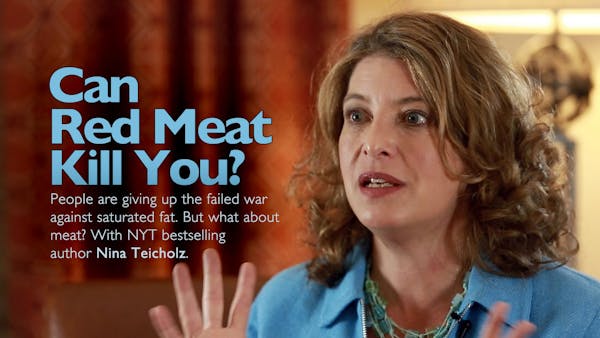
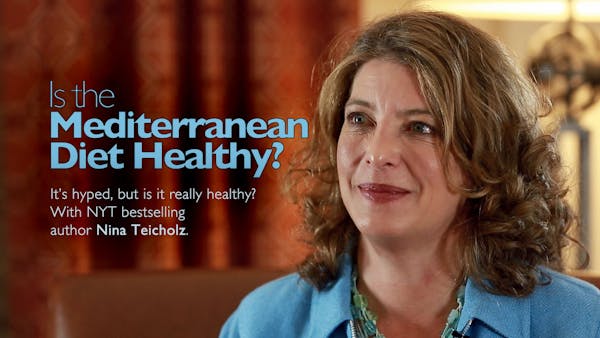
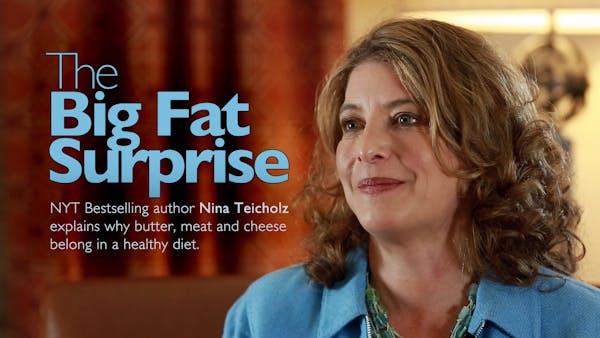
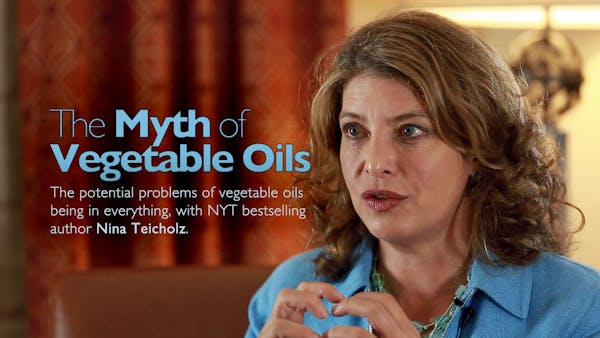
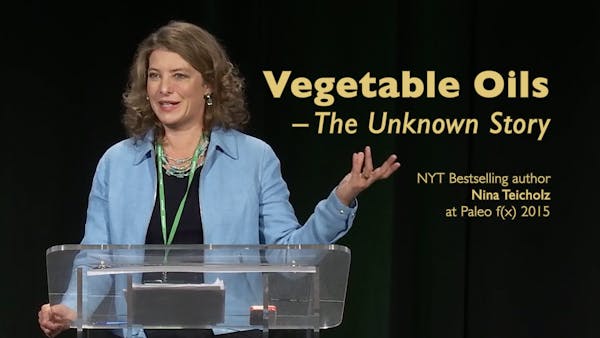
No comments:
Post a Comment